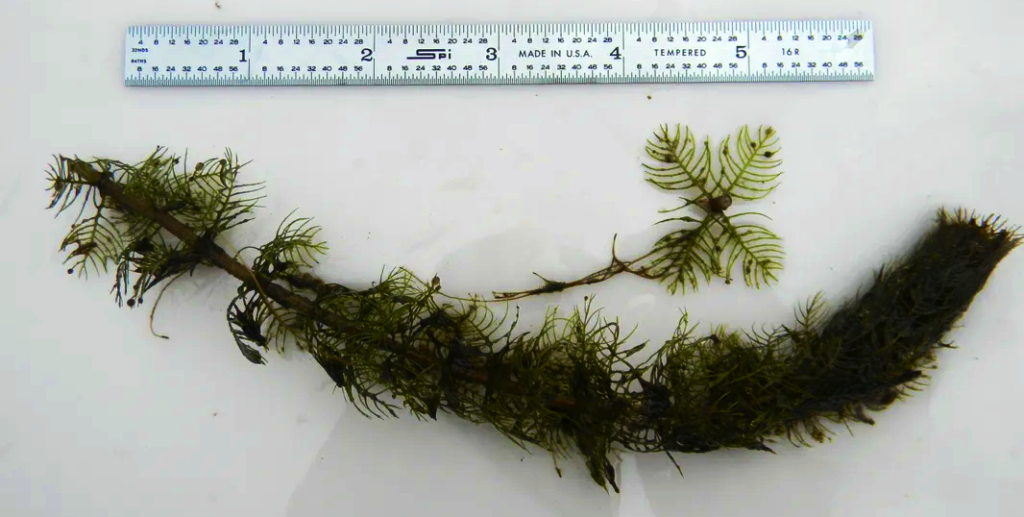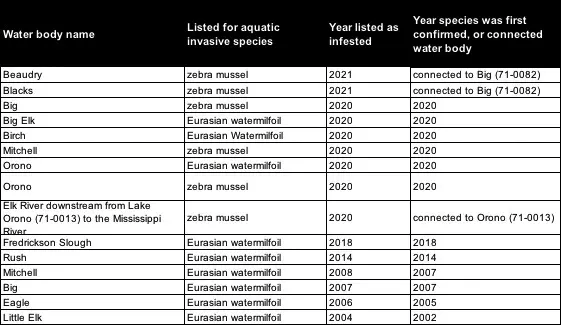Aquatic Invasive Species (AIS) and shoreline Weed Control on our lakes. The Three Lakes Improvement District’s (TLID) finances cover the upper 3 lakes to manage Curly Leaf and Milfoil in the common areas. BLCA donations and grants cover AIS in Bik Elk. Weed control on the shorelines of individual properties for all lakes is an option for all property owners. The shoreline area covers approximately 50 feet from the shoreline. This is at the property owner’s expense. The BLCA’s recommended vendor is PLM. The same vendor who does the common areas.
Below is the 2025 cover letter from PLM. The costs, pricing, dues dates and customer satisfaction guarantees are the same for repeat and new customers.
Learn more about PLM here: https://plmcorp.net/
PLM 2025 new customer cover letter
Aquatic Invasive Species (AIS) are plants or animals either in wetland areas or in the water that are not native to Minnesota and can spread exponentially, interfering with natural habitats, fisheries or recreation.
There are also native plants and animals that are not considered AIS and are beneficial to our waters. However, when they become a nuisance they may need to be managed.
For identification of aquatic plants, please see the DNR’s webpage: https://www.dnr.state.mn.us/nr/plants/aquatic/index.html
For identification of aquatic animals, please see the DNR’s webpage: https://www.dnr.state.mn.us/invasives/aquaticanimals/index.html

Northern Milfoil, Dallas Lake 2018. This is a beneficial native that looks much like an invasive, Eurasian Milfoil.
Lakes in Sherburne County listed as infested

Boat Inspections
The Briggs Chain of Lakes uses boat inspections organized by the Sherburne SWCD to contract with Water Guards, LLC to inspect boats arriving and leaving public landings for Aquatic Invasive Species (AIS). BLCA and TLID have paid for more inspection hours to help protect our lakes.
Not only do they inspect a boat, but they also gather other data, such as where a boat has been or where it’s going next.

